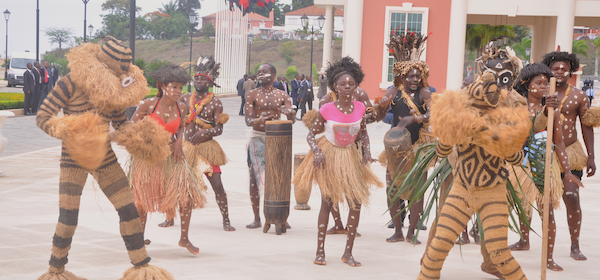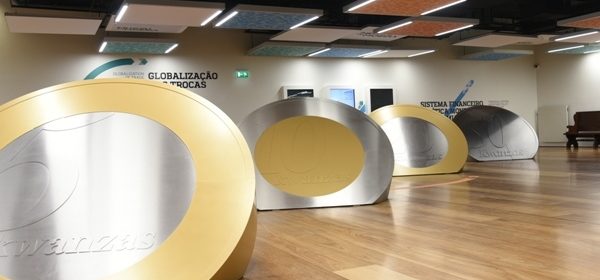Repairing Angola’s Central Bank

In the wake of recent revelations of mismanagement and corruption at the Banco Nacional de Angola (BNA), its Governor, José de Lima Massano, took to the airwaves in an attempt to defend his reputation and that of the bank. It was all to no avail, because many high-ranking officials have taken to heart the new Angolan President’s strictures against corruption and are willing to blow the whistle, backing up their claims with documentary proof. It’s evidence that should prompt the Attorney-General’s office to open an investigation. Maka Angola has been given a copy of the contract signed in 2013 for the rehabilitation of the central bank’s historic main building, signed by Massano during his first stint at BNA governor. As with other projects (like the much-derided Currency Museum), he hired the Angolan subsidiary of the Portuguese construction firm Somague to do the work. Somague stands accused of routinely padding costs […]
Read more

